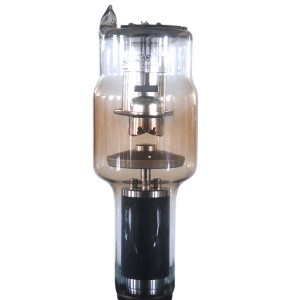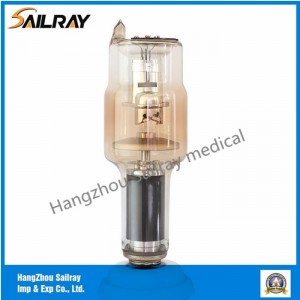Cold cathode X-ray systems have the potential to revolutionize X-ray tube technology, thereby disrupting the medical imaging market. X-ray tubes are an essential part of medical imaging equipment, used to generate the x-rays needed to create diagnostic images. Current technology relies on heated cathodes, but cold-cathode systems represent a potential game-changer in this field.
Traditional X-ray tubes work by heating a filament to a high temperature, which then emits electrons. These electrons are accelerated towards a target, usually made of tungsten, producing X-rays upon impact. However, this process has several disadvantages. The high temperatures required to emit electrons limit the lifespan of the tubes, as the constant heating and cooling causes thermal stress and degradation. Additionally, the heating process makes it difficult to quickly turn the X-ray tube on and off, increasing the time required for the imaging process.
In contrast, cold cathode X-ray systems utilize a field emission electron source and require no heating. Instead, these systems generate electrons by applying an electric field to a sharp cathode tip, resulting in electron emission due to quantum tunneling. Since the cathode is not heated, the lifetime of the X-ray tube is significantly extended, providing potential cost savings for medical facilities.
In addition, cold cathode X-ray systems offer other advantages. They can be opened and closed quickly, allowing for a more efficient imaging process. Conventional X-ray tubes require a warm-up period after switching on, which can be time-consuming in emergency situations. With a cold cathode system, imaging is possible immediately, potentially saving valuable time in critical medical scenarios.
Additionally, since there is no heated filament, no cooling system is required, reducing the complexity and size of the X-ray equipment. This could lead to the development of more portable and compact imaging devices, making medical imaging easier and more convenient in a variety of settings, including remote locations or mobile medical facilities.
Despite the great potential of cold cathode X-ray systems, there are still some challenges that need to be addressed. Field emission cathode tips are fragile, easily damaged, and require careful handling and maintenance. In addition, the quantum tunneling process may generate low-energy electrons, which can cause image noise and reduce the overall quality of X-ray images. However, ongoing research and technological advancements aim to overcome these limitations and provide solutions for the widespread implementation of cold-cathode X-ray systems.
The medical imaging market is highly competitive and constantly evolving, with technological advancements driving improvements in diagnosis and treatment. Cold cathode X-ray systems have the potential to disrupt this market with significant advantages over traditional X-ray tube technology. Extended lifetime, fast switching and reduced size can revolutionize medical imaging, enhance patient care and increase the overall efficiency of the healthcare environment.
In conclusion, cold cathode X-ray systems represent a promising innovation that could disrupt the medical imaging market. By replacing the heated filament technology of traditional X-ray tubes, these systems offer longer life, fast switching capabilities, and the potential for more portable devices. While challenges remain to be resolved, ongoing research aims to overcome these limitations and make cold cathode X-ray systems the standard in medical imaging, improving patient care and transforming the industry.
Post time: Aug-25-2023



